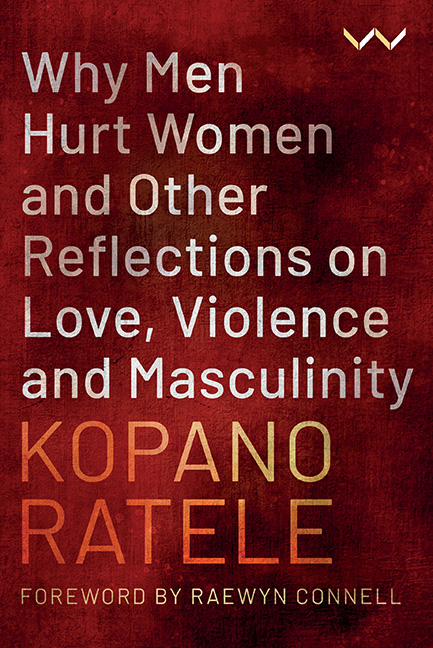28 - A few key ideas to consider when thinking about men and changing masculinity
Published online by Cambridge University Press: 24 November 2023
Summary
I should go back so that I am able to move forward with surefootedness. I have pointed to some concerns I have with the term ‘toxic masculinity’. Am I making too much of nothing? Perhaps it is useful to speak of the things men do as expressions of toxic masculinity. Perhaps the inner debate I am having is academic, and if people have found a vocabulary to make sense of men and what they do, that is good enough. Perhaps, toxic masculinity ‘serves the useful purpose of promoting socially desirable behavior among males — men shouldn’t be bullies, men shouldn’t rape. What healthy mind would disagree with that?’ As some have noted, ‘the term’s current popularity is easy to understand’. It is interesting that while it has some of its roots in the men’s movement, which has tended to be anti-feminist, and regards hyper-masculinity (such as that depicted in images of gun-related mass murders in the United States and gangster hip-hop videos) as toxic, the popularity of the term shot up in the wake of the #MeToo movement, which is feminist-influenced.
I am very aware that my concern that toxic masculinity is too much pop masculinity language – as in pop psychology – and has too little analytical rigour, that at best it offers us another rigid typology, is of a nerdy sort. The trouble is indeed that the term ‘toxic masculinity’, in its definition and use, does not show enough scrupulousness. It is also too static a term. Usually, it is used against individuals, which is to say it individualises the problem of men’s social oppression and violence against women and children. On those occasions when it is used to describe problematic masculinity in regard to men as a dominant category (rather than a problem of gender structures, norms and ideologies), its target tends to be men who receive poor dividends from systems that uphold patriarchal masculinity – that is, men who may already be disadvantaged by racist, neoliberal, capitalist patriarchy. Increasingly, however, it is used to target men of power (even though that still means the hegemonic institutions remain untouched).
- Type
- Chapter
- Information
- Publisher: Wits University PressPrint publication year: 2022



